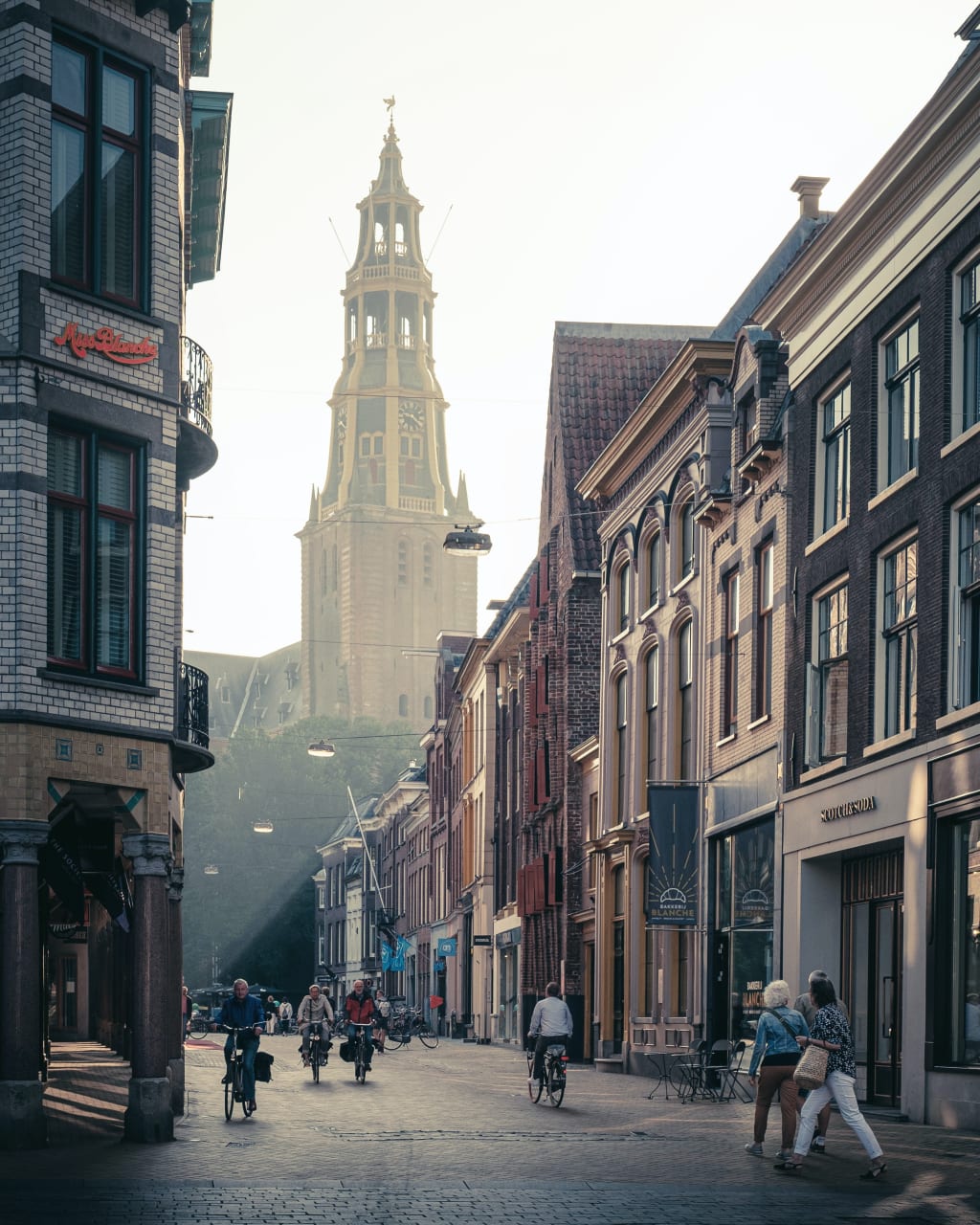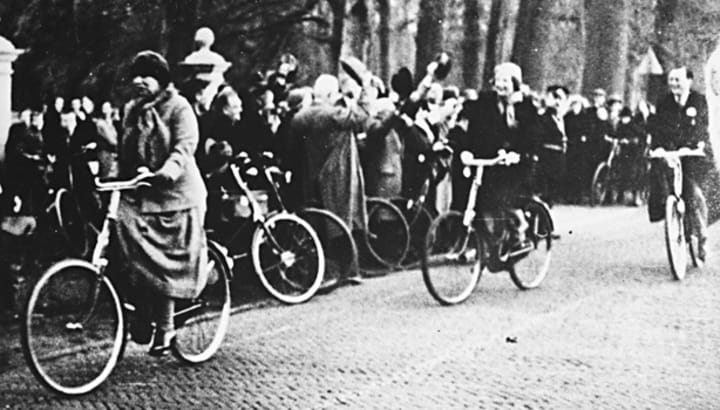
The Netherlands is well-known for its bike infrastructure and has been recognized as one of the best biking countries in the world. However, it wasn't always that way. Dutch cities such as Amsterdam used to have just as much traffic and air pollution as American cities do today. But how did the Netherlands go from having polluted cities to creating a biking utopia? In this article, we'll explore the history of biking in the Netherlands and how it became a bike-friendly country.
The 1920s and 30s were the first golden age of Dutch biking. Cycling was a practical mode of transportation that was affordable, the distances were not so large, and it was faster than walking. However, World War II changed everything for cycling in the Netherlands. During the war, the Germans imposed tire rations, making it difficult to buy a new bike or repair an existing one. Additionally, the Germans stole bikes; estimates suggest that up to 50% of all bikes in the Netherlands were taken. As a result, cycling traffic fell by 50% during and after the war.

However, the war had one other significant influence on cycling. According to one estimate, 60% of all transportation infrastructure in the Netherlands was destroyed during World War II. Roads, bridges, and tunnels were all bombed during the war, and cities like Rotterdam were completely flattened. This destruction forced the Netherlands to rebuild its country from scratch.
With this blank canvas, the Netherlands did not immediately set out to build a biking utopia. Instead, like many countries around the world, the post-war era was a golden age for the personal automobile. In 1950, there were 139,000 cars in the Netherlands. Twenty years later, there were 3.4 million. The Dutch government built infrastructure for cars, taking inspiration from the United States. In the 1960s, an American planner named David Yokonen was hired to help modernize the city of Amsterdam. As the number of cars grew, roads in the city had become congested, and Yokonen had a plan to fix this problem. He wanted to demolish working-class neighborhoods, build ring roads around the city, and fill in some of the beautiful canals with concrete to make roads.
However, as the number of cars grew in the Netherlands, so did the number of people killed by cars each year. By the 1970s, 3000 people were being killed by cars each year, and that was cause for outrage. Especially concerning were the number of children killed in traffic. In 1971, 500 children were killed by cars, including Simone Langenhoff, who was struck and killed by a car on her way to school. In response to this tragedy, her father, a journalist, wrote a newspaper article titled "Stop the Kindermoor" or "Stop Murdering the Children." The article inspired protests and eventually a movement.
The Dutch government released a report in 1972, which found that in order to keep building highways and roads, it would cost the government billions of dollars. Almost every politician at the time agreed that it just wasn't feasible. They all agreed that the country would have to look for an alternative to cars. The following year, the price of gas skyrocketed during the first oil crisis, and almost overnight, the price of oil went up by over 300 percent. In a nationally televised speech, the Prime Minister called for a reduction in car use and an increase in cycling.
These events led to a dramatic shift in the way the Dutch government approached transportation. They began investing heavily in biking infrastructure, building bike lanes, and separated bike paths. They implemented policies such as "stop lights" for bikes and introduced the world's first "bicycle-friendly roundabout." As a result, the Netherlands became a biking utopia, with over 30% of trips in the country made by bike, and cycling becoming a way of life for many Dutch people.
About the Creator
Teng Huey
As a tech enthusiast with a passion for learning and exploring new topics, I write about the latest trends in technology, as well as a variety of other subjects. From science to culture and everything in between.






Comments
There are no comments for this story
Be the first to respond and start the conversation.